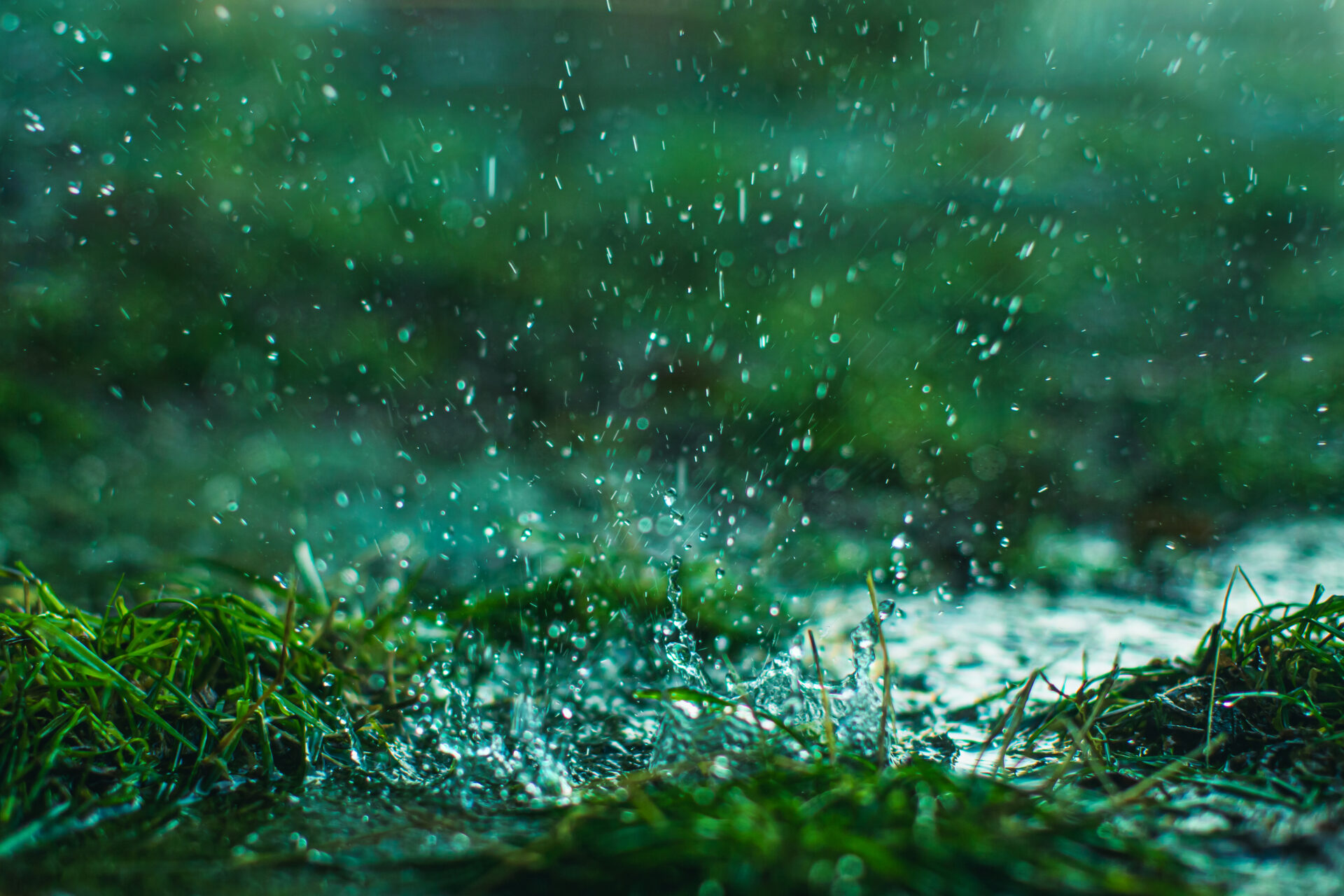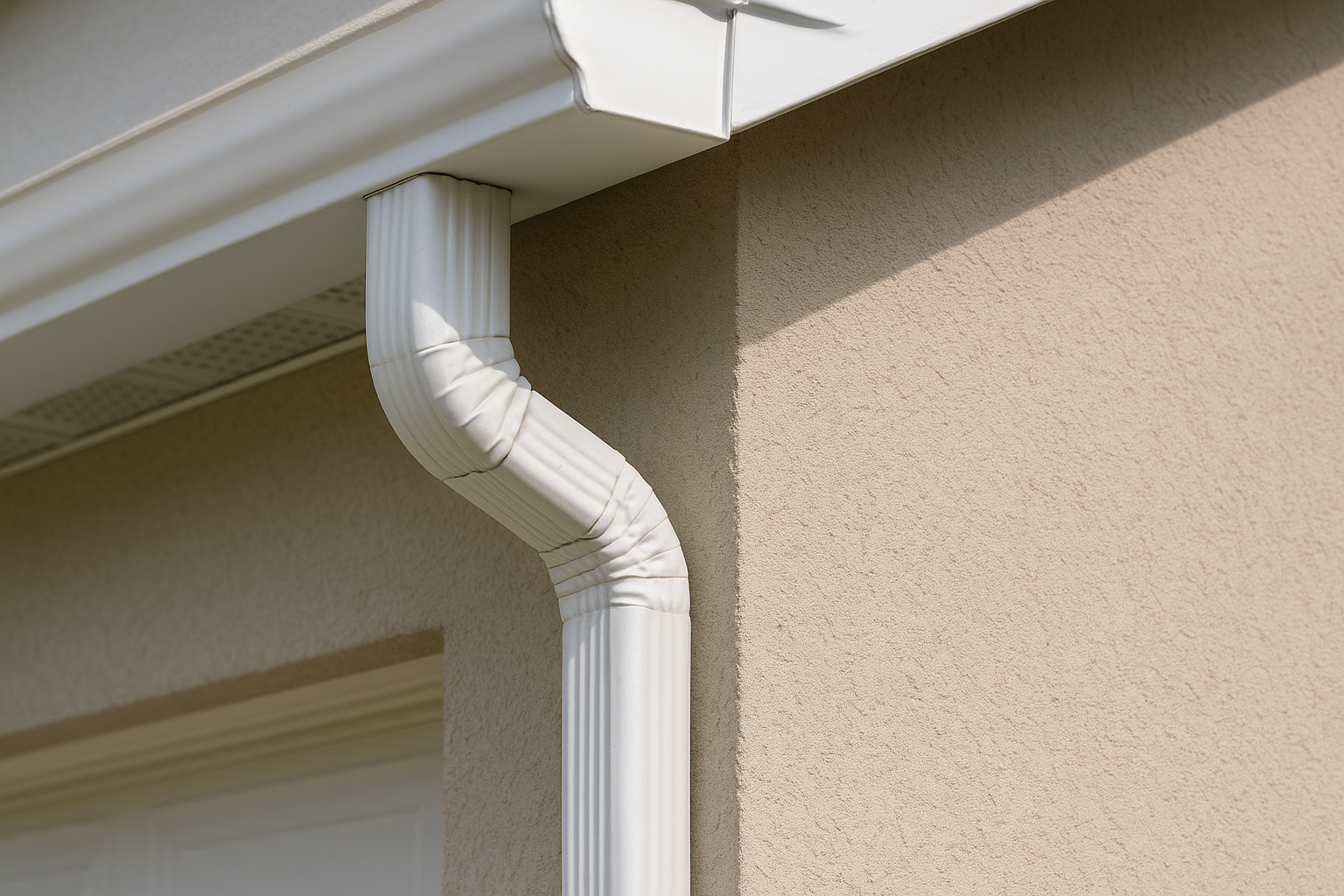Your gutters are low-profile heroes, always working and often overlooked. But what happens when your gutters fail? Water becomes the uninvited guest, showing up in your crawl space, rotting fascia or compromising your foundation.
This one-stop guide clarifies the confusion between repairs and full replacements. Keep reading as our Charleston gutter experts explain the signs of damaged gutters, what causes them and why Charleston’s unique climate accelerates the timeline.
How does Charleston’s weather affect gutters?
Charleston’s unique coastal climate and storms can affect gutters more so than other charming locations. Charleston receives roughly 48 inches of rain per year, well above the U.S. average of 38 inches, and nearly half the rainfall falls between June and September, when tropical storms and hurricane-season downpours are a regular threat.
In short, your gutters are under pressure…consistently.
These are the eight signs your gutters aren’t cutting it.
Old or outdated gutters are nothing to be ashamed of. Wear and tear happen to every system eventually. If you see the following, it may be time to contact your local gutter company for service.
- Cracks, Holes or Rust Spots
Corrosion in our salty, humid air spreads fast. Ignore it, and you’ll see leaks or weak spots that can only be fixed by replacement.
- Sagging or Pulling Away
Age, debris or clogged water can stress hangers and fasteners, causing sections to bow. A short-term fix may work, but widespread sagging usually means installing new gutters is the safer bet.
- Pooling Water at the Foundation
Standing water isn’t just unsightly; it leads to soil erosion, foundation cracking and mold. If cleaning doesn’t solve it, the system likely lacks proper capacity or layout.
- Peeling Paint or Rotted Fascia
Chronic water overflow causes wood rot and cosmetic damage, and in Charleston’s humidity, it spreads fast.
- Regular Clogs or Overflows
If every rainstorm ends in chaos, you might be fighting structural limitations. Upgrading to six-inch or half-round gutters could buy you peace of mind.
- Landscaping Washout or Mold Near the House
Washout beds, soil displacement and mold around vents or crawl spaces mean your water isn’t flowing where it should.
- Leaky Seams or Separated Joints
Sectional gutters fail at their weak points. Seamless options are built to eliminate this risk, making replacement a worthwhile upgrade.
- Aging or Outdated Materials
Most aluminum gutters last around 20–30 years, while copper can last up to at least 100 years when properly maintained. If your system is older and suffering multiple issues, replacement is financially smarter than repeated repairs.
Repair vs. Replace: A Simple Rule of Thumb
Not sure when to repair or replace? This simple chart can help.
| Repair when… | Replace when… |
| You spot a localized issue, like one leak or a loose bracket. | Problems are widespread or recurring, and the gutters are old. |
| It’s a minor maintenance fix. | Water damage is visible, or the system’s capacity is insufficient. |
| You want to delay full replacement. | The material has reached its typical lifespan. |
Take the next step that makes sense.
Your gutters protect your home, but only if they’re in working order. Review this guide, then reach out to our Holy City Gutterworks team. We’ll recommend the right move, whether that’s a quick repair or a long-term fix that keeps your home safe and dry. Contact us today to schedule an inspection before the next big storm hits.


